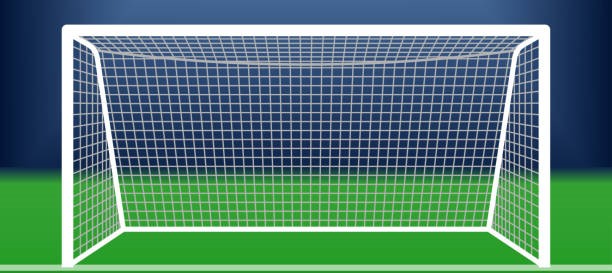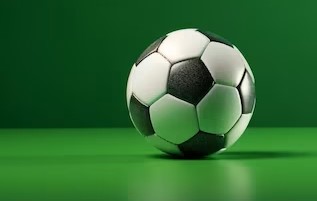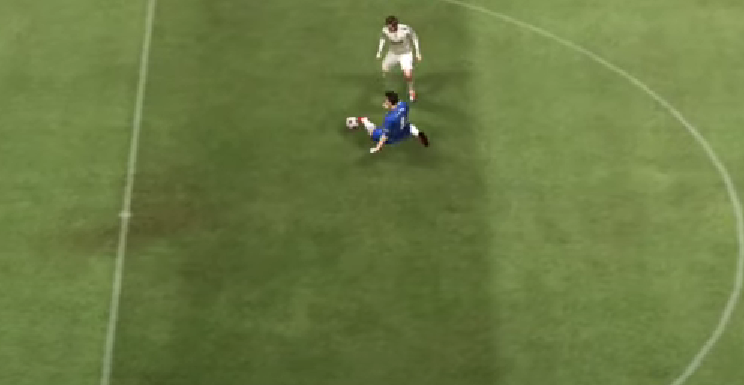













TACKLING.

Tackling in football is a defensive skill used to dispossess an opponent of the ball while minimizing the risk of
committing a foul. Tackling requires timing, precision, and awareness to be effective and safe. Here’s a breakdown of types of tackling,
tackling techniques and best practices:
Standing Tackle:
- ▫ DEFINITION: The standing tackle is the most common type of tackle, where a defender uses their foot to win the ball from an
opponent while both players are still on their feet.
- KEY TECHNIQUES:
▫ CLOSE THE SPACE: Approach the opponent quickly, but stay balanced and low to react to their movement.
▫ USE THE INSIDE OF YOUR FOOT: Position yourself so that you can use the inside of your foot to poke or push the ball away from
the opponent.
▫ STAY ON YOUR FEET: Don’t dive in recklessly; wait for the right moment when the opponent is slightly off balance or the ball
is exposed.
▫ BODY POSITIONING: Position your body between the ball and the opponent after winning possession to shield the ball and look
for a passing option.
- TIPS:
▫ Focus on timing—wait for the right moment when the opponent exposes the ball.
▫ Keep your knees bent and body weight slightly forward to stay agile.
▫ Don’t lunge in too early, or you may commit a foul or be dribbled past.
Sliding Tackle:
- ▫ DEFINITION: The slide tackle involves going to the ground to knock the ball away from an opponent. This is more risky and
should be used when necessary, such as when an opponent is in a dangerous position or you're chasing back.
- KEY TECHNIQUES:
▫ TIMING: Only use a slide tackle when you're confident of winning the ball cleanly. It should be used when the opponent is
ahead of you or when you're defending near your goal.
▫ CONTACT WITH THE BALL: Aim to make contact with the ball first, not the opponent, to avoid giving away a foul. Slide in with
your extended leg to hook or poke the ball away.
▫ USE THE CORRECT LEG: If the ball is on the right side of the opponent, use your right leg to slide in; if on the left, use your left leg.
▫ RECOVERY: After completing the tackle, get up as quickly as possible to regain your defensive position or follow up with possession.
- TIPS:
▫ Only slide tackle when you’re sure you can win the ball.
▫ Never slide tackle from behind, as this will almost always result in a foul or yellow/red card.
▫ Ensure you're aiming to win the ball cleanly to avoid injuring yourself or the opponent.
Block Tackle:
- ▫ DEFINITION: The block tackle is used when the opponent is trying to shoot or pass the ball, and you block the ball by positioning
yourself in front of it.
- KEY TECHNIQUES:
▫ POSITION YOURSELF IN THE PATH OF THE BALL: Get in front of the opponent and block their attempt to pass or shoot by getting low and extending
your foot to block the ball.
▫ USE THE INSIDE OF YOUR FOOT: Keep your foot low and firm, using the inside to absorb the impact and prevent the ball from getting past you.
▫ BODY STRENGTH: You’ll need to use your body to absorb the force of the opponent’s strike, so keep your core strong and stay balanced.
- TIPS:
▫ Stay balanced and keep your eye on the ball.
▫ Don’t lunge; maintain stability so you can regain possession or clear the ball after the tackle.
Poke Tackle:
- ▫ DEFINITION: The poke tackle involves quickly extending your foot to poke the ball away from the opponent without committing fully to a tackle.
It’s often used when you're side-by-side or slightly behind the opponent.
- KEY TECHNIQUES:
▫ QUICK AND LIGHT: As you approach the opponent, poke the ball away with your toes or the outside of your foot before they realize you’re
about to tackle.
▫ MINIMAL CONTACT: Focus on getting a quick touch on the ball rather than using your body to challenge for possession.
- TIPS:
▫ Timing and stealth are key. Poke the ball before the opponent fully controls it.
▫ Ideal for situations where a full tackle might be too risky, but you can disrupt the play.
Tackling Fundamentals:
- TIMING:
▫ Timing is the most important aspect of a tackle. Tackling too early or too late can result in a foul, missed tackle, or even a card.
▫ Wait for the right moment when the opponent is slightly off balance, or the ball is away from their feet.
- BODY POSITIONING:
▫ Stay low with your knees bent and body weight slightly forward to react quickly to the opponent’s movement.
▫ Keep your eyes on the ball, not just the player. This will help you judge the best time to make the tackle.
▫ Position yourself in a way that forces the opponent toward the sideline or away from dangerous areas.
- ANTICIPATION:
▫ Good tacklers anticipate the opponent’s next move and position themselves accordingly. Read the opponent’s body language and
know when to step in.
- STAY ON YOUR FEET WHEN POSSIBLE:
▫ Defenders are taught to stay on their feet and avoid going to ground unless absolutely necessary (e.g., in a last-ditch effort).
▫ By staying on your feet, you're able to recover quickly if the tackle fails or you need to reposition.
When and Where to Tackle:
- IN YOUR DEFENSIVE THIRD:
▫ In your defensive zone, be more cautious when tackling, especially inside the penalty box. Mistimed tackles in this area can
lead to penalties.
▫ Use standing tackles and block tackles to minimize risk, and only slide if you're sure you can win the ball cleanly.
- IN THE MIDFIELD:
▫ In midfield, tackles are important for breaking up the opponent’s play and regaining possession.
▫ This is where you can be more aggressive, but still avoid diving in recklessly.
- WHEN CHASING AN OPPONENT:
▫ When chasing an opponent, use poke tackles or slide tackles from the side to knock the ball away without fouling.
Tackling Do’s and Don’ts:
- DO:
▫ STAY BALANCED AND COMPOSED: This allows you to react quickly to changes in direction.
▫ BE PATIENT: Don’t rush into tackles. Wait for the right moment when the opponent is vulnerable.
▫ WIN THE BALL CLEANLY: Aim to make contact with the ball first to avoid fouling.
▫ GET BACK UP QUICKLY: After making a tackle, whether standing or sliding, recover your position immediately to help your team
defensively.
- DON'T:
▫ DON'T DIVE IN: Reckless tackles can lead to fouls, injuries, or being easily beaten by a skillful opponent.
▫ DON'T TACKLE FROM BEHIND: This is often penalized as dangerous play and can result in a free kick, yellow, or red card.
▫ DON'T TACKLE WITH BOTH FEET: A two-footed tackle is considered dangerous and will likely result in a card.
Practice Tackling:
- ▫ 1V1 DRILLS: Practice tackling in one-on-one situations to improve timing and reading the opponent’s moves.
- ▫ POSITIONAL TACKLING DRILLS: Work on tackling in game-like situations where you can develop your ability to win the ball without
committing fouls.
- ▫ TACKLE RECOVERY: Focus on your recovery after a tackle to get back into position or transition to attack.
Key Tips for Tackling:
- ▫ Patience and timing are crucial to successful tackling.
- ▫ Always aim to win the ball cleanly without fouling.
- ▫ Be aware of where you are on the field, especially in dangerous areas like the penalty box.
By mastering tackling techniques, defenders can effectively stop opponents, win back possession, and help their team build
attacks from the back.




























